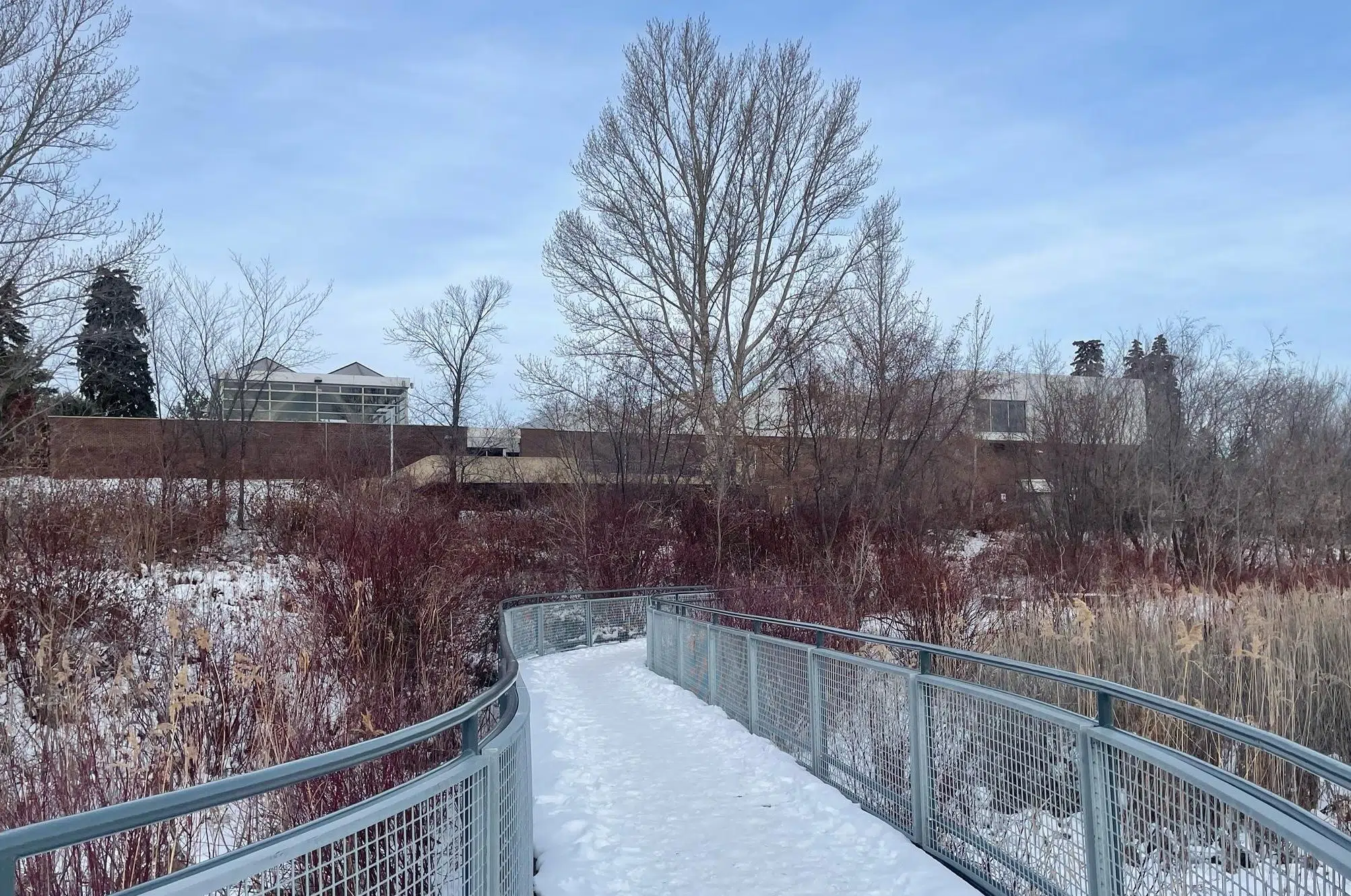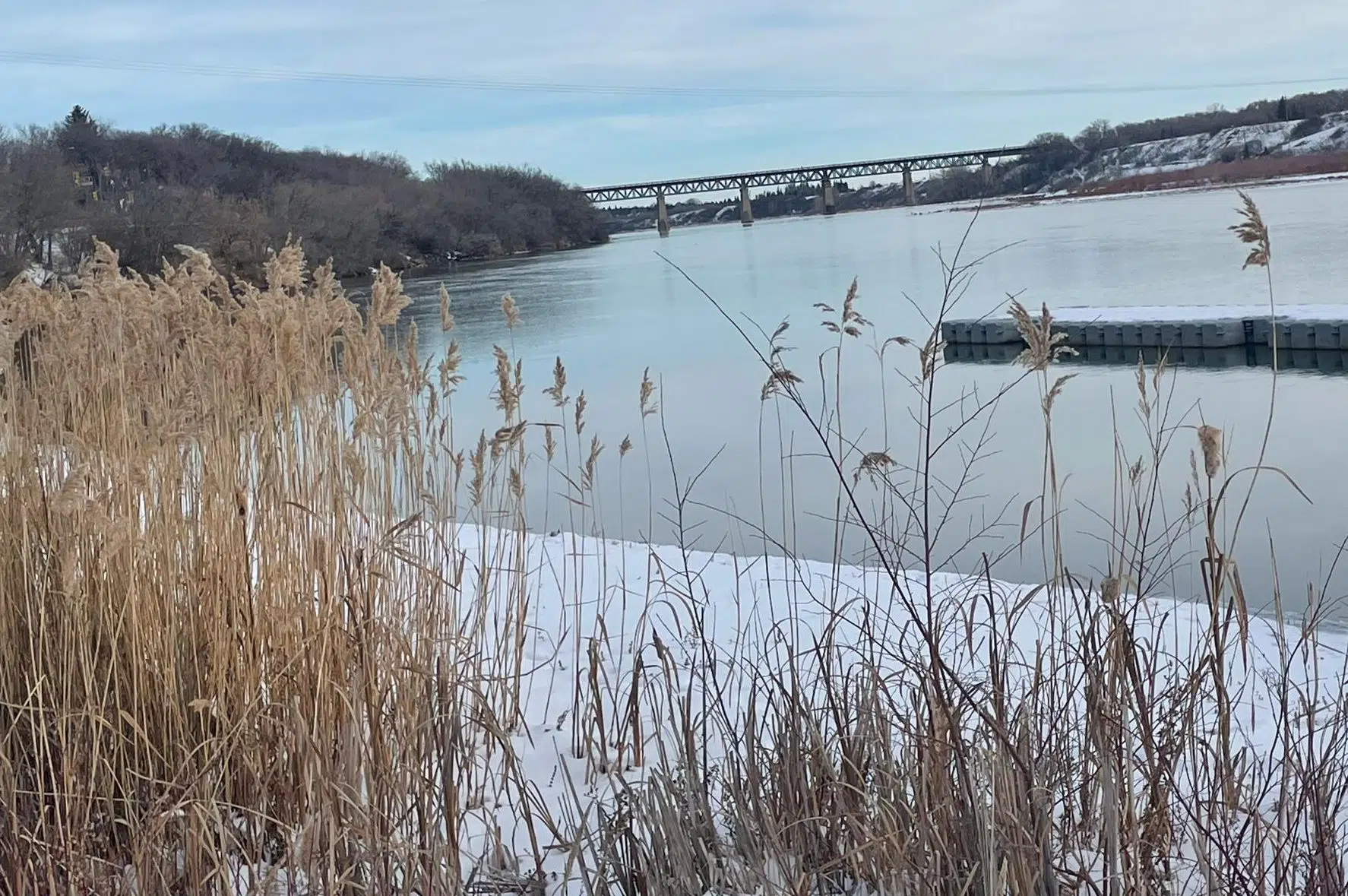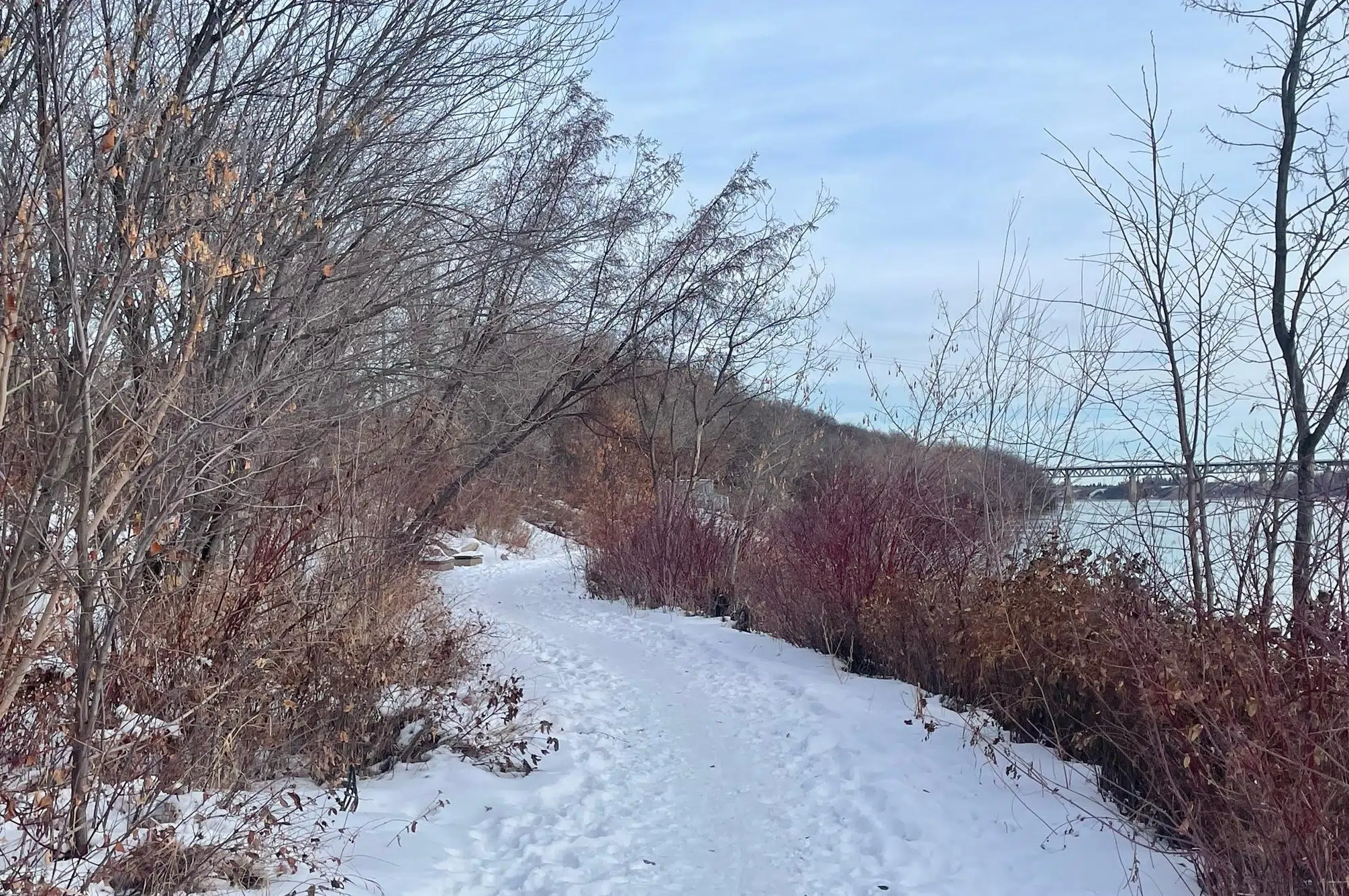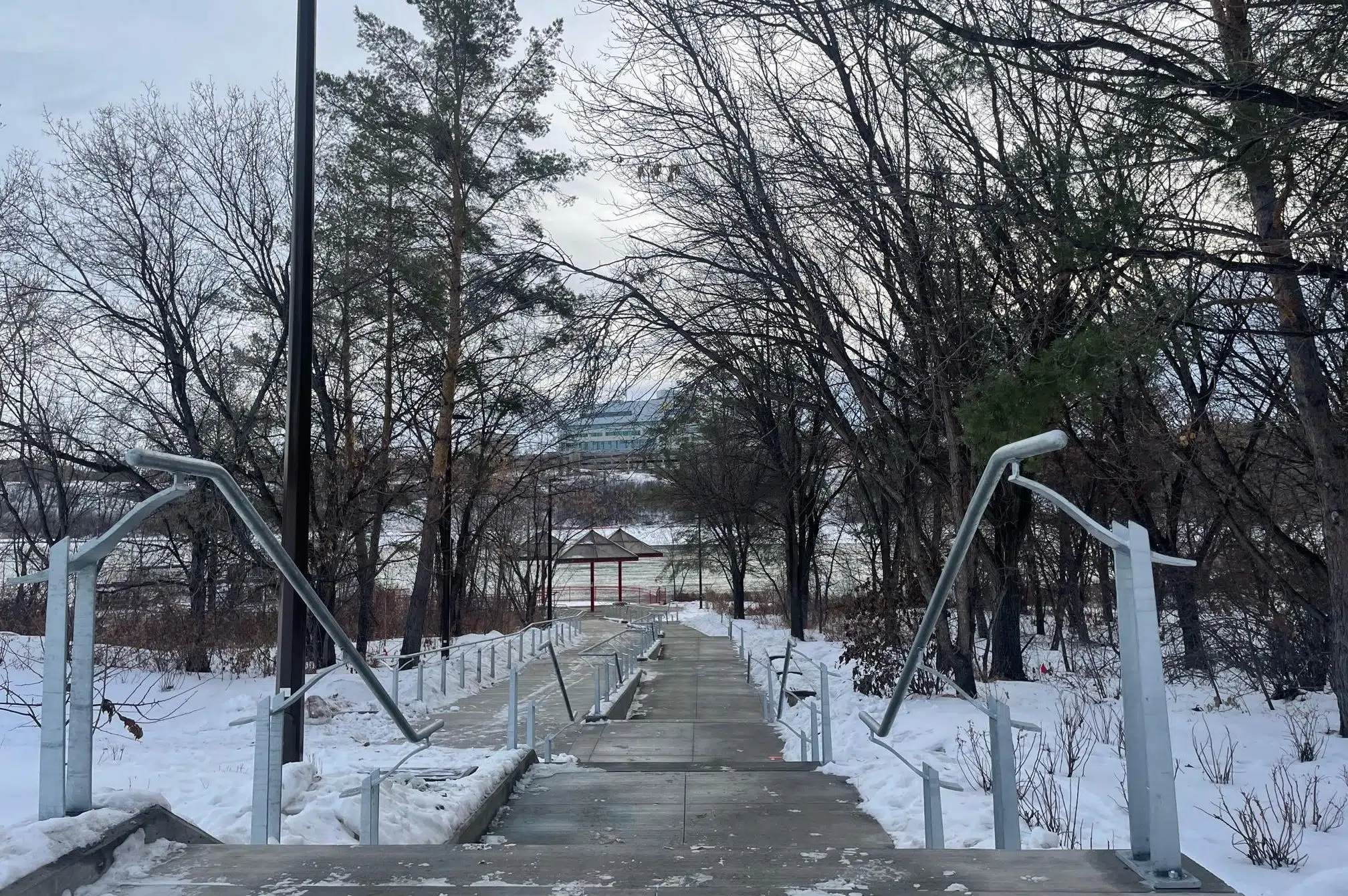There have been improvements made to the popular Meewasin Trail at the Kinsmen Riverfront and Trail site near the Nutrien Wonderhub.
The trail is now open to the public and is perfect for individuals looking to enjoy the unique scenery Saskatoon provides.
The Meewasin Valley Authority (MVA) started the enhancements earlier this year. The new development has added a new primary and secondary pathway to the site, as well as a new set of stairs which leads down to the Saskatoon staple — the Prairie Lily riverboat.
Made a visit to the scenic Meewasin Trail this morning.
It has some new enhancements at the Kinsmen Riverfront and Trail site! pic.twitter.com/IKRjJu01Jl
— Mia Holowaychuk (@miaholoway) November 25, 2022
Alan Otterbein, manager of design and development for the MVA, said the old trail was decommissioned as it was quite narrow and had some safety and accessibility issues. With the help of partners and donors, the MVA has been able to improve the high-traffic area.
The MVA has 105 kilometres of trails that run throughout the valley, which is perfect for those who are looking for a scenic run, to ride their bikes or to immerse themselves in nature.
The Kinsmen site allows individuals to access many of Saskatoon’s main attractions such as Shakespeare on the Saskatchewan or the Prairie Lily dock and to view the South Saskatchewan River.
“It’s one of the busiest pieces of riverfront we have,” Otterbein said.
Authority CEO Andrea Lafonde said that last year, the Meewasin Trail had more than 2 million visits.
Lafonde said there will be more to the project in the future. The MVA has planted more than 1,200 trees and shrubs on the trail.
“As we are starting to wrap this project up, we will be doing a lot of replanting for biodiversity within the river valley,” she said.
A year ago, the MVA enhanced the parking lot, which is bigger in size and includes a dropoff for the public’s use. Meewasin also worked closely with Shakespeare on the Saskatchewan with its upgrades, which began in 2019.
Lafonde said the MVA’s history dates back to 1978, when a partnership began between the Saskatchewan government, the City of Saskatoon and the University of Saskatchewan. This was to “study the riverbank and identify key cultural natural features,” she said about the non-profit organization.
Lafonde said individuals can lend a hand to the MVA by donating or volunteering. More information can be found on their website.


















